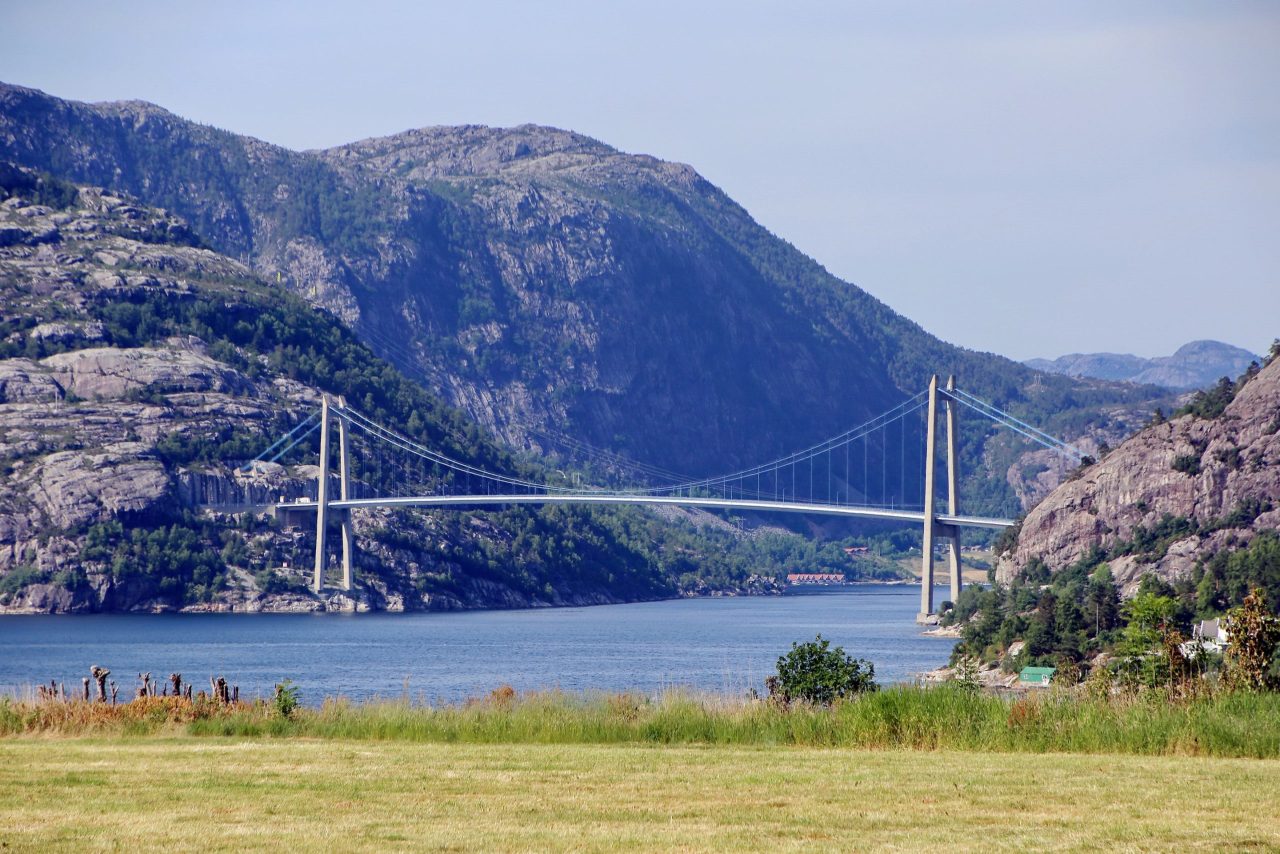Connecting National Parks: Empowering Wildlife Movements and Conservation
National parks are not only essential for preserving natural wonders but also play a crucial role in protecting wildlife habitats. However, the isolation of individual parks can hinder the movement of wildlife populations, leading to genetic isolation, decreased biodiversity, and reduced long-term survival prospects. In this article, we will explore the importance of interconnecting national parks and how such connectivity can facilitate wildlife movements, enhance genetic diversity, and promote conservation efforts.
- The Significance of National Parks
National parks serve as sanctuaries for biodiversity, safeguarding ecosystems, and protecting endangered species. These protected areas offer undisturbed habitats, vital for the survival and reproduction of numerous plants and animals. However, when national parks are isolated, wildlife populations become fragmented, limiting their ability to adapt to changing environmental conditions and reducing their genetic variability. Establishing connections between national parks becomes crucial to ensure the long-term survival of species and maintain healthy ecological processes. - Wildlife Corridors
Wildlife corridors are pathways that link different natural areas, allowing animals to move between habitats. By establishing corridors between national parks, wildlife populations gain the freedom to disperse, seek resources, find mates, and establish new territories. These corridors can include a variety of landscapes, such as forests, rivers, or grasslands, providing a range of habitats for diverse species. Connectivity ensures the natural movement of wildlife, contributing to genetic diversity and ecological resilience. - Genetic Diversity and Adaptability
The interconnection of national parks fosters genetic diversity among wildlife populations. When animals have the freedom to move and interbreed with individuals from other areas, it results in healthier populations with greater adaptability to environmental changes. Genetic diversity is essential for a species’ ability to withstand diseases, respond to habitat alterations, and face climate change challenges. By facilitating wildlife movements, interconnected national parks can help maintain vibrant and robust populations. - Ecological Resilience
The connectivity of national parks enhances ecological resilience by allowing species to recolonize habitats and adapt to disturbances. Natural events like wildfires, floods, or disease outbreaks can have profound effects on wildlife populations. Connected parks offer escape routes for animals to seek refuge and recolonize areas after disturbances. This resilience not only benefits individual species but also ensures the integrity of entire ecosystems, enabling them to recover and maintain their ecological balance. - Collaborative Conservation Efforts
The interconnection of national parks requires collaborative conservation efforts involving governments, organizations, and local communities. By working together, stakeholders can establish protected corridors, mitigate habitat fragmentation, and create safe passage options for wildlife. Collaborative initiatives can also address potential conflicts between conservation goals and human activities, ensuring that wildlife movements are compatible with sustainable land use practices and community needs. - Economic and Cultural Benefits
The interconnection of national parks offers economic and cultural benefits alongside conservation gains. Wildlife corridors attract nature enthusiasts, researchers, and tourists interested in experiencing diverse ecosystems and observing wildlife movements. This ecotourism can generate revenue for local communities, promoting sustainable development and providing incentives for supporting conservation efforts. Additionally, interconnected national parks contribute to preserving cultural heritage and traditional knowledge associated with these protected areas.
Interconnecting national parks through the establishment of wildlife corridors is a vital step towards protecting biodiversity and promoting ecological resilience. By enabling wildlife movements and maintaining genetic diversity, interconnected parks can ensure the long-term survival of species and support the functionality of entire ecosystems. Collaborative conservation efforts, coupled with the recognition of economic and cultural benefits, are crucial for achieving effective connectivity and safeguarding the natural heritage of
